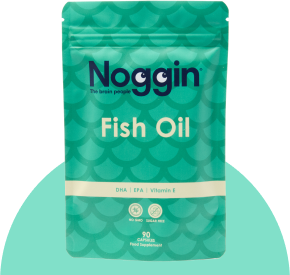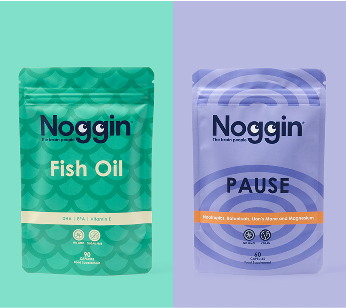Of all the super healthy greens, kale is one of the healthiest and most nutritious plant foods in existence.
Loaded with all sorts of beneficial compounds, here’s a top line introduction on what you need to know on why kale is king.
Super easy to cook ( recipe link at the bottom of this article ), it’s great in smoothies and makes a nutritious alternative to crisps.
It’s become very popular in the last few years, there’s even a National Kale Day in the UK.
Cabbage Patch Family
Kale is member of the cabbage family - a cruciferous vegetable like cabbage, broccoli, cauliflower, collard greens and Brussels sprouts.
Like most vegetables, it comes in different types, the leaves can be green or purple, and have either a smooth or curly shape.
And the most common type of kale is called curly kale or Scots kale, which has green and curly leaves and a hard, fibrous stem.
Nutrients
Kale contains an omega-3 fatty acid called alpha linolenic-acid.
High in nutrients and very low in calories, kale makes it one of the most nutrient-dense foods on the planet and like other leafy greens, is very high in antioxidants.
These include beta-carotene as well as various flavonoids and polyphenols.(poli-phee-nols)
(Remember antioxidants help counteract oxidative damage by free radicals in the body so we want as much of these in our diet as possible)
Vitamin C
We hear Vitamin C, we think citrus fruits but oranges are not the only source.
Kale is much higher in vitamin C than most other vegetables, containing about 4.5 times much as spinach.
The truth is, kale is actually one of the world's best sources of vitamin C. A cup of raw kale contains even more vitamin C than a whole orange.
According to one study, steaming kale dramatically increases the bile acid binding effect which is helpful for our gut health and digestion.
Vitamin K
Vitamin K is an important nutrient and absolutely critical for blood clotting, and does this by "activating" certain proteins and giving them the ability to bind calcium.
The well-known anticoagulant drug Warfarin actually works in part by blocking the function of this vitamin.
The form of vitamin K in kale is K1, which is different than vitamin K2.
K2 is found in fermented soy foods and certain animal products. It helps prevent heart disease and osteoporosis.
Beta-Catotene
Kale Is very high in beta-carotene, an antioxidant that the body can turn into vitamin A.
Minerals
Kale is a good plant-based source of calcium, a nutrient that is very important for bone health and plays a role in all sorts of cellular functions.
It is also a decent source of magnesium, an incredibly important mineral that many of us don't always get enough of.
Kale also contains potassium, a mineral that helps maintain electrical gradients in the body's cells.
Adequate potassium intake has been linked to reduced blood pressure and a lower risk of heart disease.*
Here are some more facts on kale and some recipes on how to enjoy it, from the BBC.
*https://www.heart.org/en/health-topics/high-blood-pressure/changes-you-can-make-to-manage-high-blood-pressure/how-potassium-can-help-control-high-blood-pressure
Dr Clara Russell









